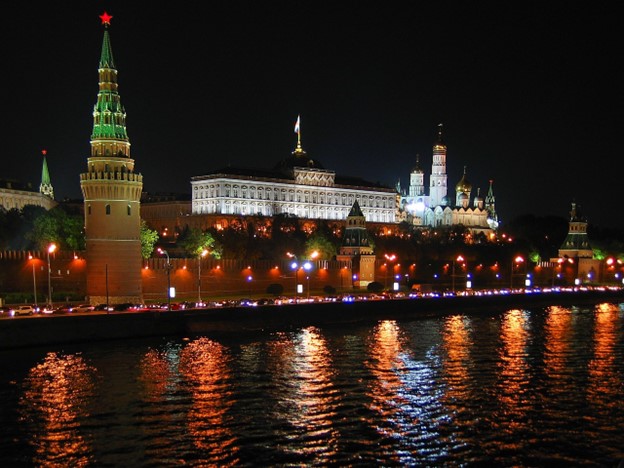Major wars are fought simultaneously on two fronts – only one is located on a kinetic battlefield. The other looms large at home inside the political arena of domestic politics. Its effects are, perhaps, more costly to nation-states in the long term.
Since Russia’s invasion into Ukraine began in February 2022, the Kremlin has presented a façade of military success abroad and manufactured stories of domestic support at home. It is not unusual for a government to spin war news to support a political leader’s agenda and Russian President Vladimir Putin is no different. The “truth” in stories about the cost of the war to the Russian people, however, does not closely resemble Putin’s public narrative. As the war enters its second year next month, Putin’s pronouncements are becoming less effective. Domestic opposition to Kremlin policy is increasing amid fears the domestic economy is in dire trouble.
The Kremlin is relying more heavily on support from global pariah states as its traditional allies distance themselves from the post-Soviet state, according to Paul Goble of the Jamestown Foundation. He says that “Violent acts committed by Russian veterans of the war in Ukraine and a possible return of Afghan Syndrome have stoked public fear and pushed some Russians to question the Kremlin’s true intentions with its war.” Moscow’s inattention to the second front at home appears to be providing momentum and a fresh impetus to groups inside the country supporting regional independence movements.
A history of Russian military actions over past two hundred years reveals that in every instance the country was involved in war it both sparked domestic revolution and resulted in the imposition of extremely repressive policies at home intended to prevent further insurrections. The pattern appears to be holding this year. Putin is tightening controls over the population amid fears that his “special military action” in Ukraine is not proceeding as planned despite Kremlin claims. Goble points out that the deterioration in Putin’s support at home and the increased likelihood of radical change in Russia through revolution and disintegration, may push him to seek a quick victory on the battlefield in Ukraine. At a minimum, there is a return to earlier periods of totalitarianism inside what many analysts are beginning to call the “failed state.”
Putin’s three-pronged strategy since the invasion in Ukraine initially convinced the population Russia was in a good fight against an evil force. The Russian president’s narrative labeled it a cosmic struggle with the collective West and refused to use the term “war.” The fighting, according to Putin, was part of the struggle between traditional Russian values and those of the corrupt West states. Many inside Russia saw this as an opportunity for Russia to regain global status in the post-Soviet era. Second, increased domestic repression prevented those who opposed the war from demonstrating their opposition in the streets and raised the cost of commenting negatively about the war. Many foreign observers assumed the Russian population strongly backed Putin and the war. Some are concluding that due to fear only a complete defeat on the battlefield will alter the domestic situation. However, a recent independent poll by The Russian Field Research Group of more than 1,600 Russians in October indicates cracks may be forming in Putin’s domestic support. “For the first time, more Russians favor talks with Kyiv than continuing the war to a victorious conclusion” with 48% supporting the start of negotiations with Ukraine and only 39% opposing such talks, says Goble.
Putin’s third strategy is to mobilize the economy to support a war footing. The winners are the oligarchs, in this case, who are taking advantage of Western sanctions and earning high profits. Military spending has boosted Russia’s gross domestic product (GDP) but not resulted in an increase in income for the average Russian worker. Unlike investments in human resources or technology, notes Goble, military expenditures are unlikely to support sustained economic growth after the war ends.
The Russian population bears the increased costs of the war, including its significant casualties. As support for Putin’s policies declines the country is experiencing an exodus of hundreds of thousands of young men leaving the country. Analysts estimate less than 25% of them have returned from abroad or plan to in the future. If support for Kremlin policies was strong, there would be no need for repressive policies. The financial cost of the war is draining support for other areas of the economy and severe shortages are spreading, along with inflation. Putin’s war economy is not sustainable. Western states could add pressure on the regime by highlighting what is occurring inside Russia, however, Putin’s stronghold over the country is likely too great to rescue it from a totalitarian future for another generation.
Daria Novak served in the U.S. State Dept.
